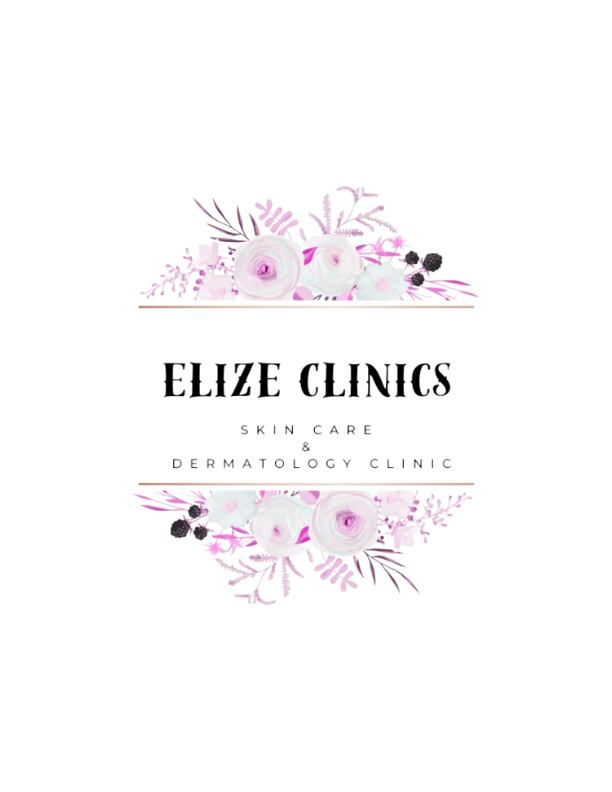- LASER HAIR REMOVAL TREATMENT
- UNDER EYE CARE
- KELOID TREATMENT
- PILONIDAL SINUS
- PICO CARE TREATMENT
- BOTOX FOR MIGRAINE
- CHEMICAL PEEL
- VENUS TREATMENT
- VAMPIRE TREATMENT
- HAIR REMOVAL
- HYDRAFACIAL KERAVIVE
- SCAR REMOVAL
- HYDRAFACIAL DANDRUFF TREATMENT
- MORPHEUS8
- PHOTO FACIAL
- PLATELET RICH PLASMA THERAPY
- FAT REMOVAL
- COOLSCULPTING
- EYEBROW MICROBLADING
- SCULPSURE
- ULTRAFORMER III
- LOW LEVEL LASER THERAPY (LLLT)
- HAIR REGROWTH TREATMENT
- HYDRAFACIAL
- CM SLIM
- NON-SURGICAL FACELIFT
- BREAST LIFT
- HIPEX CHAIR
- PICO MLA TONING
- GLUTATHIONE
- BUTTOCK AUGMENTATION
- SILK PEEL DERMAL INFUSION
- NAEVUS OF OTA / PATCHY NAEVUS
- DYSPORT TREATMENT
- MELASMA TREATMENT
- PINK AESTROGEN PEEL
- DERMAL FILLERS
- DERMAL THREADLIFT
- PICOCARE MAJESTY
- SOLAR LENTIGINES
- FAIRNESS TREATMENT
- BENIGN SKIN GROWTH
- COSMELAN TREATMENT
- RADIANCE FACIAL
- AGE RELATED SKIN PROBLEMS
- DERMABRASION
- SILK PEEL DERMAL INFUSION
- MESOTHERAPY
- COLLAGEN INDUCTION THERAPY
- VIRAL SKIN LESIONS
- FOTONA LASER MICROPEEL
- WRINKLE REDUCTION
- COSMETIC SKIN CONCERNS
- BRIDAL PACKAGE
- Tattoo Removal
- GROOMS PACKAGE
- PICO TONING
CONTACT US
- +91 91544 97790
- 2557, Block G, Sushant Lok 2, Sector 57, Gurugram

Solar Lentigines
Solar Lentigens is a harmless patch of darkened skin. It results from exposure to ultraviolet (UV) radiation, which causes local proliferation of melanocytes and accumulation of melanin within the skin cells (keratinocytes). Solar lentigos or lentigines are very common, especially in people over the age of 40 years. Sometimes they are also known as an “old age spot” or “senile freckle”.
A lentigo is a small, sharply circumscribed, pigmented macule surrounded by normal-appearing skin. Histologic findings may include hyperplasia of the epidermis and increased pigmentation of the basal layer. A variable number of melanocytes are present; these melanocytes may be increased in number, but they do not form nests. Lentigines may evolve slowly over years, or they may be eruptive and appear rather suddenly.
Solar lentigines are found as groups of similar lesions on sun-exposed sites, particularly the face or the back of hands. They occur in light and dark skin, but tend to be more numerous in fair-skinned individuals.
Solar lentigines may be single or multiple. To prevent solar lentigines, avoid exposure to sunlight in midday (10 AM to 3 PM), wear sun-protective clothing (tightly woven clothes and hats), and apply sunscreen (SPF 30 UVA and UVB block).
Treatment for Solar Lentigens includes Picocare 250 laser and medications.
A lentigo is a small, sharply circumscribed, pigmented macule surrounded by normal-appearing skin. Histologic findings may include hyperplasia of the epidermis and increased pigmentation of the basal layer. A variable number of melanocytes are present; these melanocytes may be increased in number, but they do not form nests. Lentigines may evolve slowly over years, or they may be eruptive and appear rather suddenly.
Solar lentigines are found as groups of similar lesions on sun-exposed sites, particularly the face or the back of hands. They occur in light and dark skin, but tend to be more numerous in fair-skinned individuals.
Solar lentigines may be single or multiple. To prevent solar lentigines, avoid exposure to sunlight in midday (10 AM to 3 PM), wear sun-protective clothing (tightly woven clothes and hats), and apply sunscreen (SPF 30 UVA and UVB block).
Treatment for Solar Lentigens includes Picocare 250 laser and medications.

